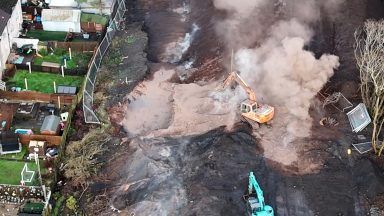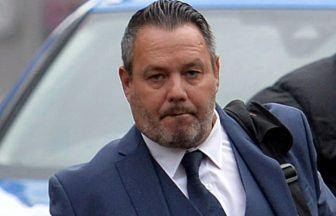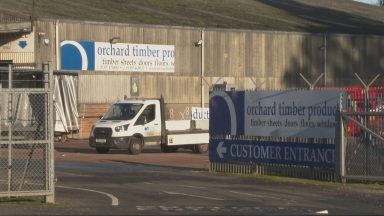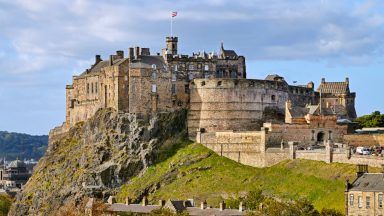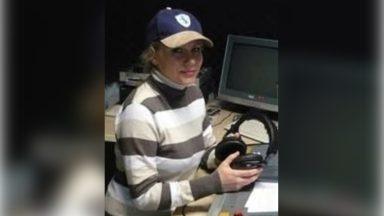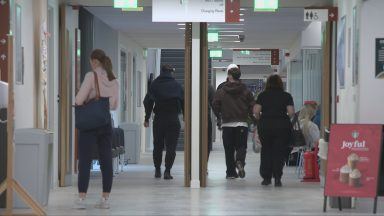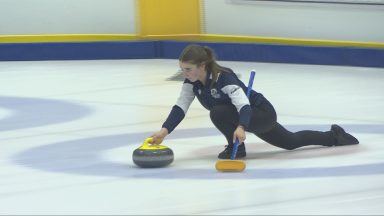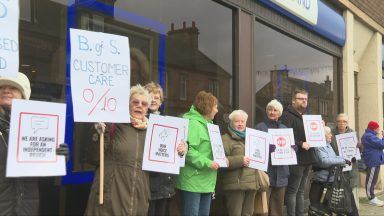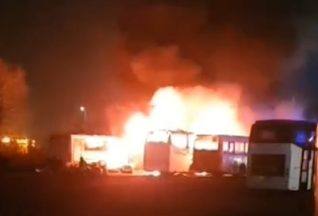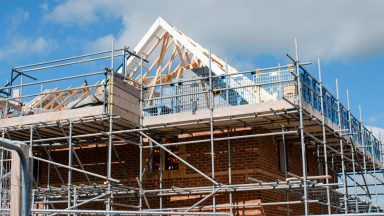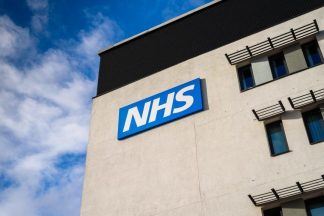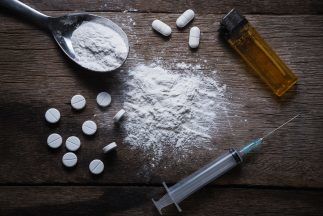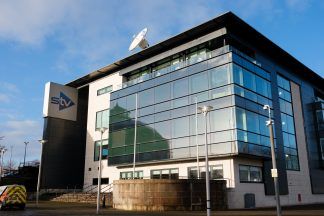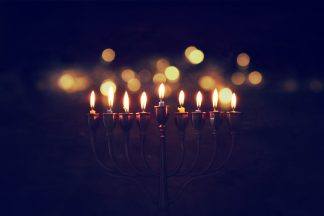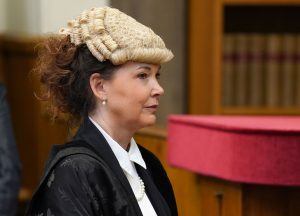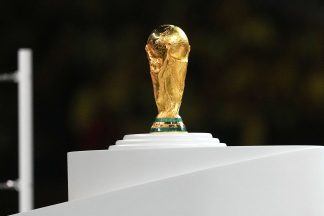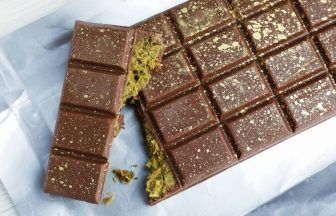Children’s burns specialists and firefighters have called on the public to stay safe around fireworks, with one nurse warning that injuries caused by fireworks and sparklers can be “life-changing”.
According to NHS figures, 46 people were taken to hospital with fireworks-related injuries over the four weeks around Bonfire Night last year.
Of those, more than two-fifths (41%) needed specialist services such as plastic surgery or ophthalmology.
The figures show that around two-thirds (67%) of injuries suffered last year were to the hand or wrist, and just under a third (28%) were to the head or neck.
In the run-up to Bonfire Night this year, the Royal Hospital for Children (RHC) and Scottish Fire and Rescue Service (SFRS) have appealed to the public to take heed of fireworks safety advice.
Sharon Ramsay is a clinical nurse specialist for paediatric burns at the Scottish National Burns Centre, which is based at the RCH in Glasgow.
She explained that every year they treat children with “serious injuries” caused by fireworks and sparklers.
“These can be life-changing, especially in older children who’ve lit fireworks while holding them,” she said.
“We’ve seen blast injuries to hands, faces, and eyes, some resulting in permanent disability.
“If you’re using fireworks at home, please keep children indoors and behind closed windows where they can safely enjoy the display.”
The figures show that just under a third (30%) of the injuries happened on Bonfire Night itself – but Ms Ramsay said pointed out that “it’s not just November 5 that’s risky”.
“We often see more injuries in the two weeks following Bonfire Night, when young people get hold of leftover fireworks and use them unsupervised with friends,” she explained.
“If you’re storing fireworks for another occasion, like New Year’s Eve, please keep them locked away and out of reach of children.”
More than half (54%) of the injuries were sustained on private property, and teens and children under the age of 15 were the most likely to be injured.
The stats are also broken down geographically, and show that last year, more than a third (37.8%) of the injuries happened in the Greater Glasgow and Clyde area, and just over a fifth (22.2%) happened in Tayside.
Meanwhile, Lothian and Lanarkshire each accounted for 8.9% of the injuries, while Grampian saw 6.7%.
Kenny Barbour, Scottish Fire and Rescue Service (SFRS) deputy assistant chief officer, said “a little knowledge” of the risks can go a long way to keeping people safe.
“Every year we witness people who have been injured by fireworks,” he said.
“Fireworks are explosives and people need to understand how dangerous they can be.
“We would always urge people to attend an organised public display where possible, but where they can’t, they should always read the Fireworks Code before buying or using fireworks.”
All key safety information, including the Fireworks Code, can be found at on the SFRS website at firescotland.gov.uk/outdoors/fireworks-and-bonfires/.
Follow STV News on WhatsApp
Scan the QR code on your mobile device for all the latest news from around the country
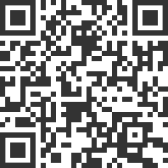

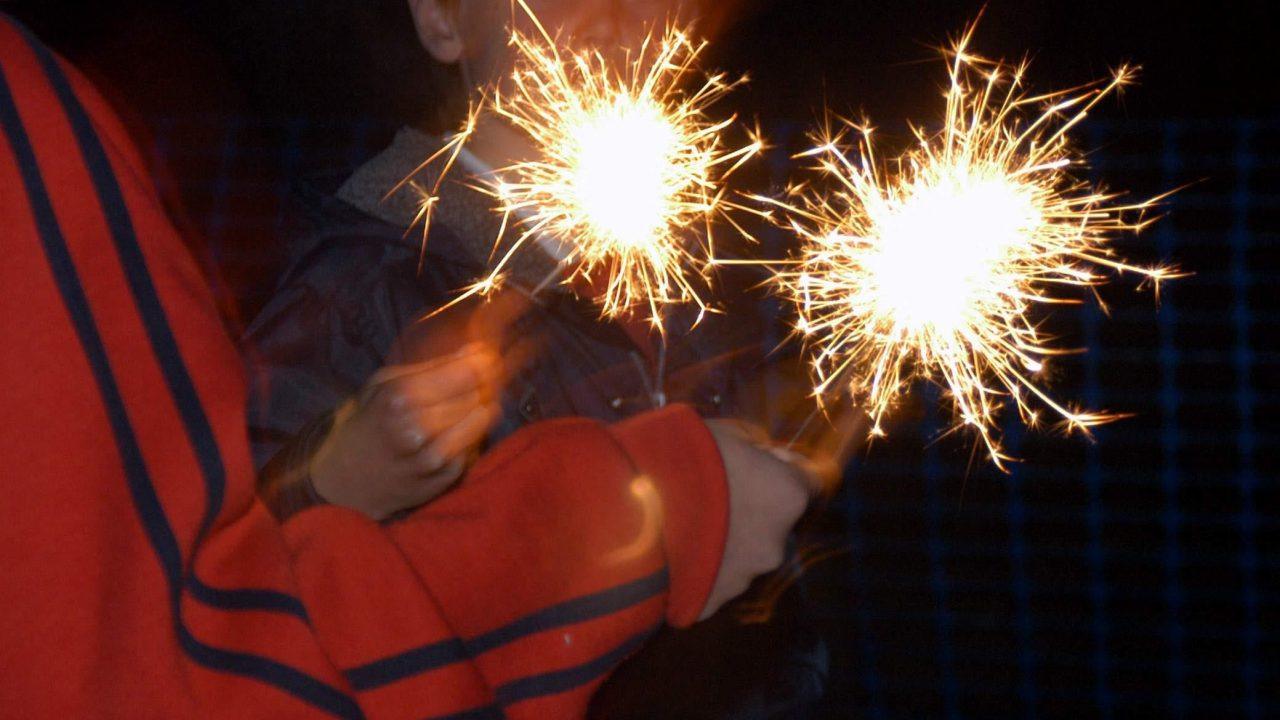 PA Media
PA Media

